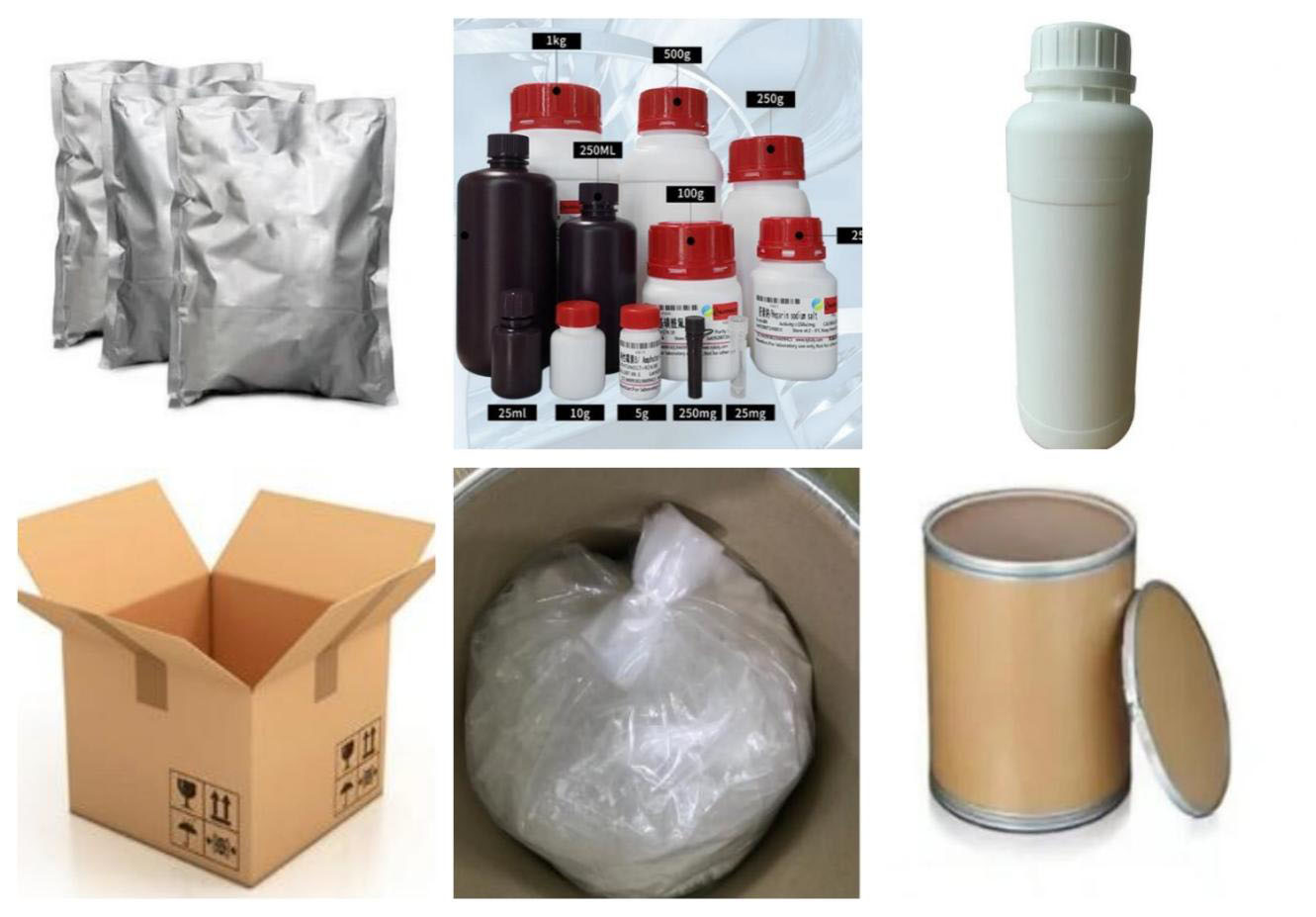Nitro Blue Tetrazolium Chloride monohydrate CAS:298-96-4
Redox reaction: NBT chloride monohydrate undergoes a redox reaction when reduced by certain enzymes or other reducing agents. This reaction results in the formation of a dark blue formazan precipitate, indicating the presence and activity of these reductase enzymes.
Enzyme detection: NBT chloride monohydrate is widely used in enzymatic assays to detect the activity of various reductase enzymes. For example, it is used for the detection of dehydrogenases, succinate dehydrogenase, nitroreductases, and other oxidoreductase enzymes. The blue formazan precipitate formed indicates the presence and activity of these enzymes, which makes it useful for enzyme characterization and localization studies.
Histochemical staining: NBT chloride monohydrate is employed in histochemical staining techniques to visualize the distribution and activity of enzymes within tissues. It can be used to study the localization of enzymes in specific cell types or tissue sections, allowing researchers to understand enzyme expression and function within biological samples.
Cell viability assays: NBT chloride monohydrate is utilized in cell viability assays to assess the metabolic activity and redox status of cells. Reduction of NBT chloride indicates the presence of active reductase enzymes in cells, suggesting their overall viability and metabolic activity.
Microbiological studies: NBT chloride monohydrate is employed in microbiological studies to detect the presence of specific microbial enzymes. This compound can be used to assess the activity of certain enzymes produced by bacteria or fungi, aiding in the identification and characterization of microbial species.

| Composition | C19H15ClN4 |
| Assay | 99% |
| Appearance | Faint yellow powder |
| CAS No. | 298-96-4 |
| Packing | Small and bulk |
| Shelf Life | 2 years |
| Storage | Store in cool and dry area |
| Certification | ISO. |







![6-(5-Chloro-2-pyridyl)-6,7-dihydro-7-hydroxy-5H-pyrrolo[3,4-b]pyrazin-5-one CAS:43200-81-3](https://cdn.globalso.com/xindaobiotech/3M1VW1B@YPLJSN5G14.png)

